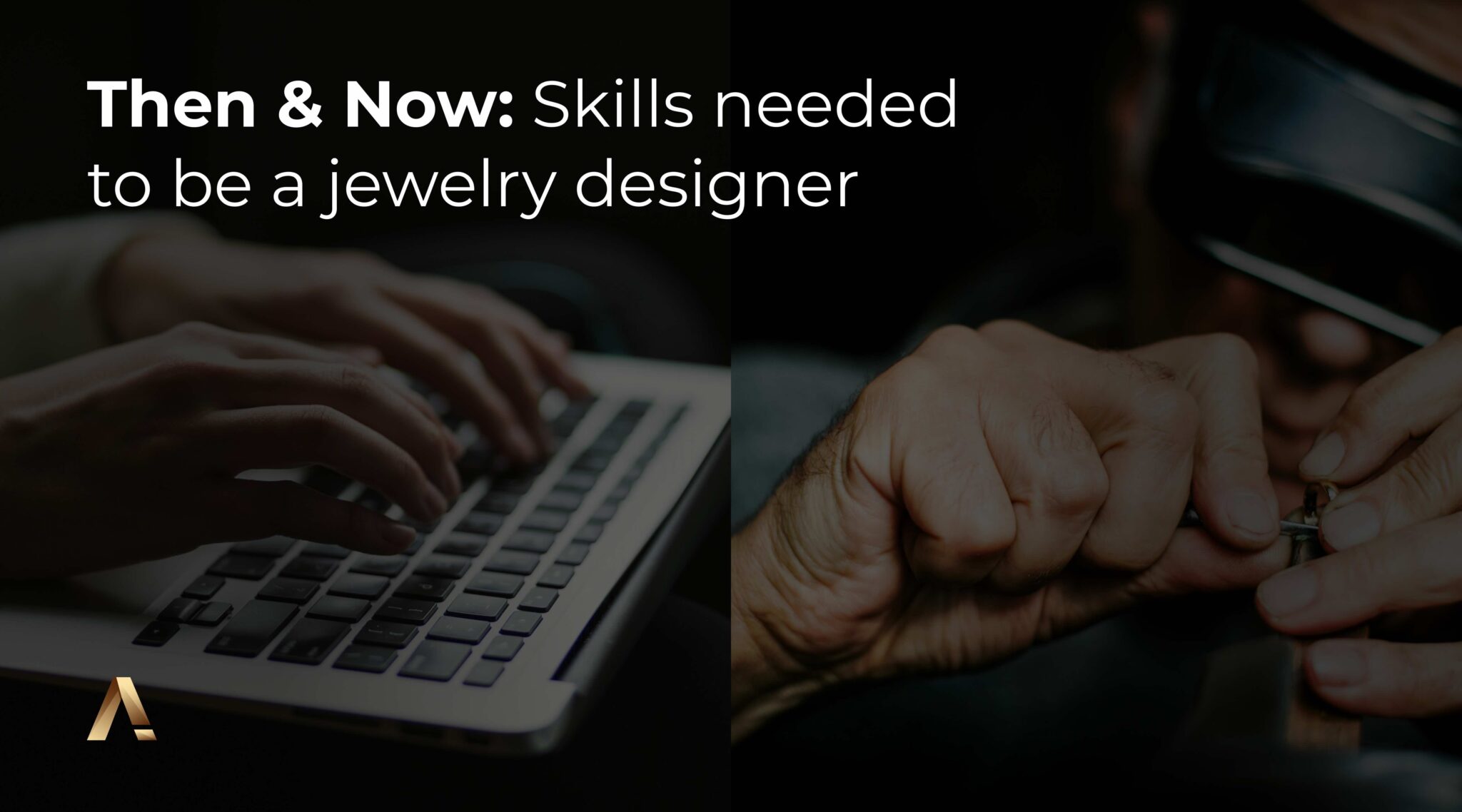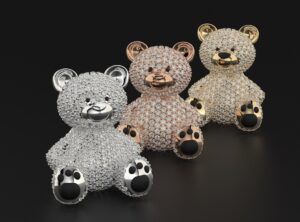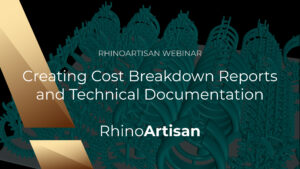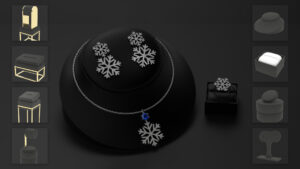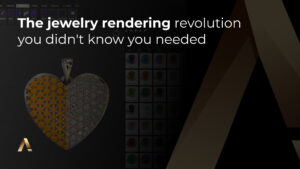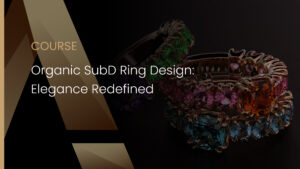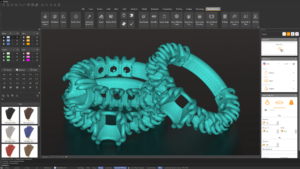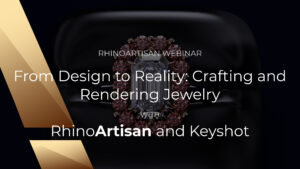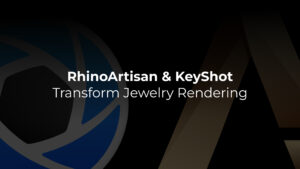Discover how the craft of jewelry design has evolved from traditional techniques to modern technology-driven methods. We’ll cover:
- Essential skills for jewelry designers in the past
- The New Era of jewelry design tools
Skills Needed in the Past
Traditionally, jewelry designers relied heavily on a set of core skills to create their pieces:
- Hand Sketching: Before the advent of digital tools, designers had to sketch their ideas manually, necessitating a strong foundation in drawing and an understanding of proportions and geometry.
- Modeling Skills: In the past, designers needed robust modeling skills to create detailed and accurate physical models of their designs, often using materials like wax or clay to build prototypes.
- Stones and Gems Knowledge: A deep understanding of various stones and gems, including their properties and how to incorporate them into designs, was crucial not long ago in order to craft precise jewelry.
- Production and Manufacturing Process Knowledge: Designers needed a comprehensive understanding of manufacturing processes to ensure their designs were feasible for production.
The New Era of Jewelry Design Tools
Thanks to Computer-Aided Design (CAD), many processes have been simplified. While there are still areas where designers may face hurdles, much of the knowledge and expertise required in the past is no longer necessary:
- Hand Sketching: 3D computer graphics tools like Rhino enable digital design, although an understanding of artistic principles remains crucial. Add-ons and plugins are available to assist designers in creating without needing extensive skills in hand sketching or design theory. RhinoArtisan’s Curator Library provides an extensive collection of models, components, and designs.
- Modeling: Although Rhino and other CAD software simplify the creation of 3D models, the process can still be daunting for beginners. RhinoArtisan’s parametric design interface simplifies model adjustments, making 3D modeling more approachable for all skill levels. This allows newcomers with no Rhino knowledge to start designing rings, pendants, earrings, and more right away!
- Gems Knowledge: While Rhino aids in setting stones in designs, having a comprehensive knowledge of gems is still beneficial. RhinoArtisan’s Gem Creator offers a straightforward way to select and customize gems, reducing the necessity for extensive gemological knowledge.
- From Design to Production: Ensuring manufacturability can be complex. RhinoArtisan’s features like Manufacturing View with Prong Extension and Automatic STL Repair help designers ensure their creations are ready for production, bridging the gap between design and manufacturability.
In summary, thanks to software tools like Rhino and RhinoArtisan, you don’t need hand sketching, modeling skills, gems, or manufacturing knowledge; just the desire to create something unique!
